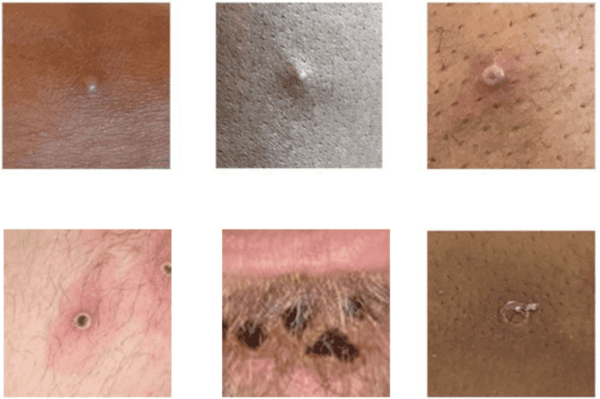The Los Angeles City Council passed a motion Wednesday exploring a potential master lease with downtown’s Cecil Hotel for a permanent housing program to address homelessness.
The hotel, a historic building that has attracted public fascination for its sordid past, was converted into an affordable housing complex last December, but six months later, just 73 of the 600 available units are occupied.
The motion by Council Members Kevin de León and Bob Blumenfield calls on various city agencies to provide a report outlining a program to provide permanent housing in the hotel through its voucher program.
The proposed master lease between the city and the hotel would include “different scenarios to provide homeless services and to manage and fund the units.” Those scenarios might include providing residents with vouchers to subsidize their leases.
Public fascination about the Cecil Hotel was most recently re-ignited after the 2013 death of 21-year-old Canadian student Elisa Lam, who was staying at the building’s rebranded Stay on Main hotel before she was reported missing and eventually found in the roof’s water tank.
The hotel was the subject of a 2021 Netflix documentary series, titled “Crime Scene: The Vanishing at the Cecil Hotel,” which explored Lam’s death, as well as other dark periods of the hotel’s history.
In 2017, the City Council designated the 1924 building a historic-cultural monument, calling it a “representative example of the early 20th Century American hotel industry” and “an example of Beaux Arts-style commercial architecture.”







